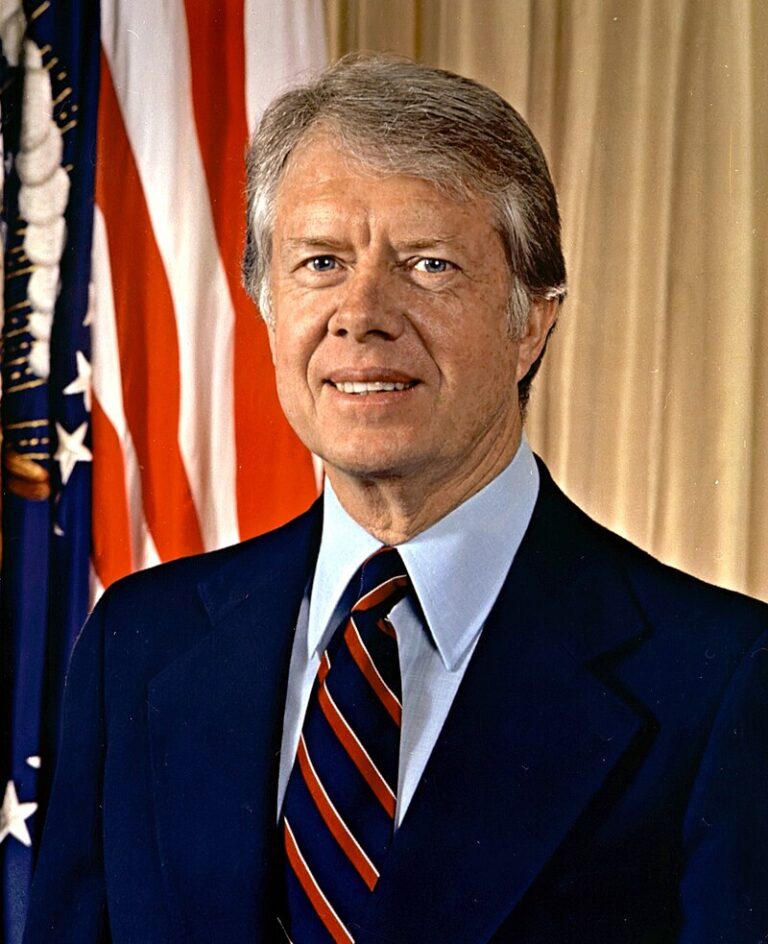
James A. Garfield served as the 20th President of the United States for only 200 days in 1881, one of the shortest presidential terms in history. His presidency was cut short by assassination, but even in his brief time in office, he made notable impacts. Here’s a detailed look at his presidency:
Background and Path to the Presidency:
- Born in 1831 in Orange Township, Ohio, Garfield rose from poverty to become a scholar and a lawyer.
- He served in the Union Army during the Civil War, rising to the rank of Major General, before entering politics.
- Garfield was elected to the Ohio Senate, then to the U.S. House of Representatives, where he served for 17 years, eventually becoming the Republican Party’s leader in the House.
- In 1880, Garfield was nominated for president as a compromise candidate at the Republican Convention, narrowly defeating Winfield Scott Hancock in the general election.
Presidency:
- Civil Service Reform: Garfield was a proponent of civil service reform, aiming to reduce the spoils system where political positions were awarded based on political loyalty rather than merit. His advocacy for reform was one reason for his assassination.
- Foreign Policy: His administration had little time to engage in significant foreign policy actions, but Garfield was interested in expanding U.S. influence in Latin America and maintaining good relations with European powers.
- Domestic Policy:
- Education: Garfield believed strongly in education and was involved in efforts to improve educational opportunities, particularly in the South post-Civil War.
- Economic Policy: He supported a protective tariff but did not have the time to push significant legislation through Congress.
Assassination and Death:
- Charles J. Guiteau: On July 2, 1881, Garfield was shot by Charles J. Guiteau, a disappointed office-seeker who believed Garfield’s civil service reform would deny him a federal job. Guiteau’s act was also driven by mental instability.
- Medical Treatment: Garfield’s treatment after being shot was poor by modern standards; he suffered from infection and medical complications due to inadequate hygiene and the use of unsterilized instruments by doctors.
- Death: Garfield died on September 19, 1881, from complications related to his wounds, making his presidency one of the shortest in U.S. history.
Legacy:
- Civil Service Reform: Although he did not live to see it implemented, Garfield’s advocacy for civil service reform contributed to the passage of the Pendleton Civil Service Reform Act in 1883 under his successor, Chester A. Arthur.
- Education: His commitment to education and his own rise from humble beginnings have been seen as inspirational, encouraging later generations on the importance of education.
- Historical Recognition: Garfield is often remembered for his potential rather than achievements due to his short term. His assassination highlighted the need for civil service reform and led to significant changes in how presidential security was managed.
- Posthumous Influence: Garfield’s death also spurred public sympathy and led to a greater push for reforms in various areas like medical care, public health, and governance.
Garfield’s presidency, though brief, underscored the fragility of democratic leadership and the urgent need for reforms in government practices and public health care. His story remains a poignant chapter in American history, illustrating the perils of political office and the impact one can have even in a very short time.











